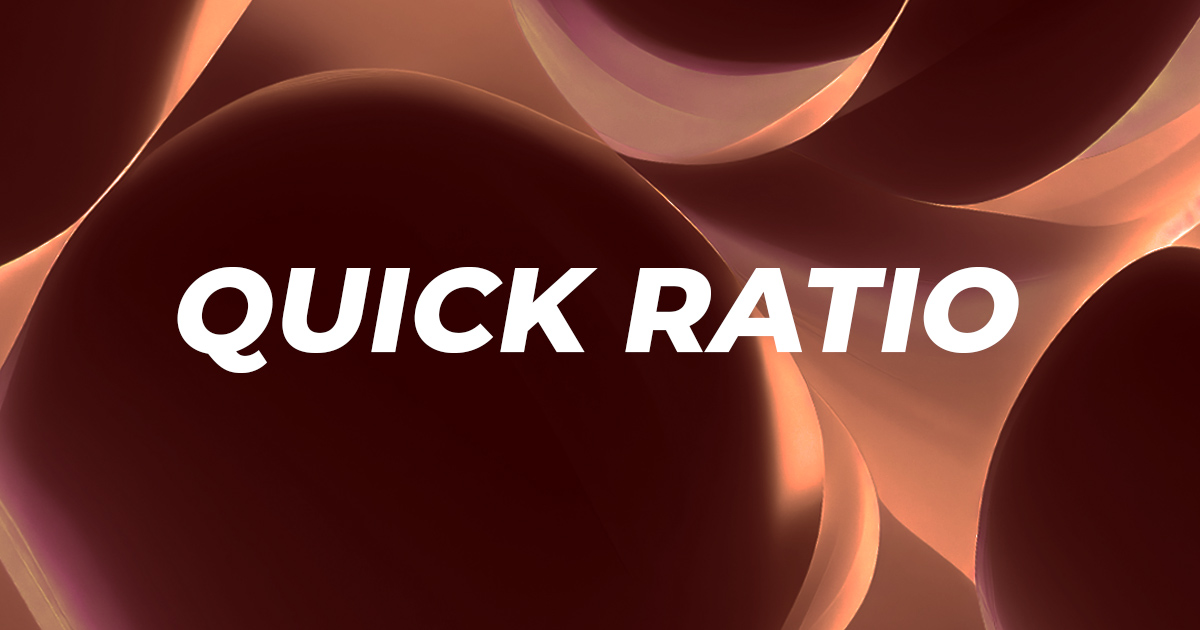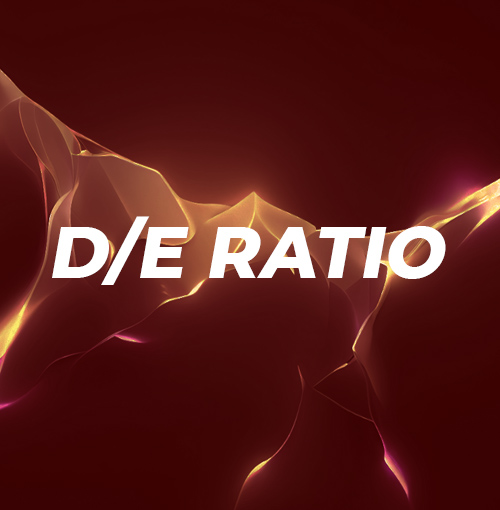
Understanding the Quick Ratio: A Key Measure of Liquidity
Welcome to Investora, your go-to platform for a deep dive into financial metrics that drive the world of business. Today, we’re dissecting the Quick Ratio, a critical measure of corporate liquidity. Beyond the definition, we'll look into its calculation, implications, advantages, and caveats. The lens of Quick Ratio offers unique insights into a company's short-term financial health, helping investors make informed decisions. Let's delve into this financial litmus test that evaluates a company's ability to cover its current liabilities without the need to sell inventory or secure additional financing.
Delving into the Quick Ratio
The Quick Ratio, often referred to as the acid test ratio, plays a pivotal role in assessing a company's short-term financial robustness. It is a yardstick that gauges a company's potential to cover its immediate liabilities with the most readily convertible to cash assets, commonly referred to as liquid assets.
The term 'acid test' is borrowed from the world of chemistry where it signifies a swift and decisive test, reflecting the ratio's purpose of providing immediate insights into a company's financial health.
Remember: A Quick Ratio above 1 generally indicates a good liquidity position. However, a ratio below 1 may warrant further investigation.
How the Quick Ratio Works
The Quick Ratio throws light on the proportional relationship between a company's liquid assets and its current liabilities. These liquid assets are essentially the company's current assets that can be swiftly converted to cash without any significant impact on their market price. On the other hand, current liabilities signify a company's debts or obligations that are due within a year.
In the realm of Quick Ratio, a result of 1 is the norm. A company with a Quick Ratio below 1 might struggle to cover its current liabilities in the short term, whereas a Quick Ratio over 1 indicates a comfortable position to clear its current liabilities. It's crucial to remember that while these numerical insights offer valuable understanding, they don't paint a full picture of the company's overall health, which is why considering other financial measures is always recommended.
Interesting Fact: The Quick Ratio provides an immediate snapshot of a company's ability to cover its short-term liabilities.
Quick Ratio Formula
The Quick Ratio calculation is straightforward and often includes adding up the most liquid assets and dividing the total by current liabilities:
Quick Ratio = "Quick Assets" / Current Liabilities
Quick assets are the current assets that can quickly turn into cash. Commonly included quick assets are:
Quick Assets = Cash + Cash Equivalents (CE) + Marketable Securities (MS) + Net Accounts Receivable (NAR)
Depending on the type of current assets a company holds, the calculation of quick assets might vary. For instance, if certain assets like inventory and prepaid expenses take longer to convert into cash, they may be subtracted from the total current assets:
Quick Assets = Total Current Assets (TCA) - Inventory - Prepaid Expenses (PE)
Tip: Look at the trend of the Quick Ratio over several periods to identify any concerning patterns or changes in short-term liquidity.
Components Unravelled
Understanding the Quick Ratio entails breaking down its components. Cash, the simplest component, should ideally align with the monthly bank statements from financial institutions. Cash equivalents, which often include highly liquid and low-risk investments like Treasury bills, commercial paper, etc., extend the cash account. Marketable securities and Net Accounts Receivable, other components, should be considered with their respective limitations. Lastly, all current liabilities, without discrimination of their due dates, form the denominator of the Quick Ratio.
Quick Ratio vis-a-vis Current Ratio
The Quick Ratio is deemed more conservative than the Current Ratio as it excludes inventory and other current assets, which may not be easily convertible to cash. In contrast, the Current Ratio considers all current assets, including inventory and prepaid expenses.
Important: A Quick Ratio above 1 doesn't guarantee a company's success; likewise, a ratio below 1 doesn't spell doom. Other financial measures and factors also play a crucial role.
The Quick Ratio: Pros and Cons
While the Quick Ratio offers a more conservative and easily calculable estimate of a company's liquidity, it does not predict future cash flows or consider long-term liabilities. Additionally, it may overestimate the liquidity of accounts receivable and marketable securities, especially during economic downturns.
Pros:
- Conservative measure of a company's liquidity
- Simple to calculate and understand
- Useful for comparison across timeframes or sectors
Cons:
- Overlooks future cash flow capabilities
- Disregards long-term liabilities
- May overstate the liquidity of accounts receivable and marketable securities
Interesting Fact: Despite its limitations, the Quick Ratio is widely used in financial analysis due to its simplicity and straightforwardness.
Example: Calculating Quick Ratio for Apple Inc.
To exemplify the calculation and interpretation of the quick ratio, let's use the financial figures from Apple Inc.'s Q1 2022. As per the quarterly report, Apple had:
- Cash and cash equivalents: $38.02 billion
- Short-term marketable securities: $52.97 billion
- Accounts receivable, net: $33.36 billion
- Current liabilities: $105.718 billion
The quick ratio is then calculated as follows:
Quick Ratio = ($38.02 billion + $52.97 billion + $33.36 billion) / $105.718 billion = 1.19
A quick ratio of 1.19 indicates that Apple had sufficient liquid assets to cover its current liabilities in Q1 2022, suggesting a good short-term liquidity position. That, along with other positive financial indicators, contributed to Apple's attractiveness as an investment in 2022.
The Final Word
The Quick Ratio is an instrumental financial metric providing an immediate understanding of a company's short-term liquidity. This ratio is especially useful in scenarios where the company may need to meet sudden financial obligations. However, as with any financial metric, it does not offer a holistic view of a company's financial health and must be considered alongside other financial ratios for a comprehensive understanding.
The Quick Ratio, or Acid Test Ratio, offers crucial insights into a company's ability to pay off its short-term liabilities using its most liquid assets. The ratio aids in understanding a company's financial health swiftly and decisively. Remember, the Quick Ratio should be part of a broader analysis involving multiple financial metrics for a comprehensive picture of a company's financial health.
- Share this article





